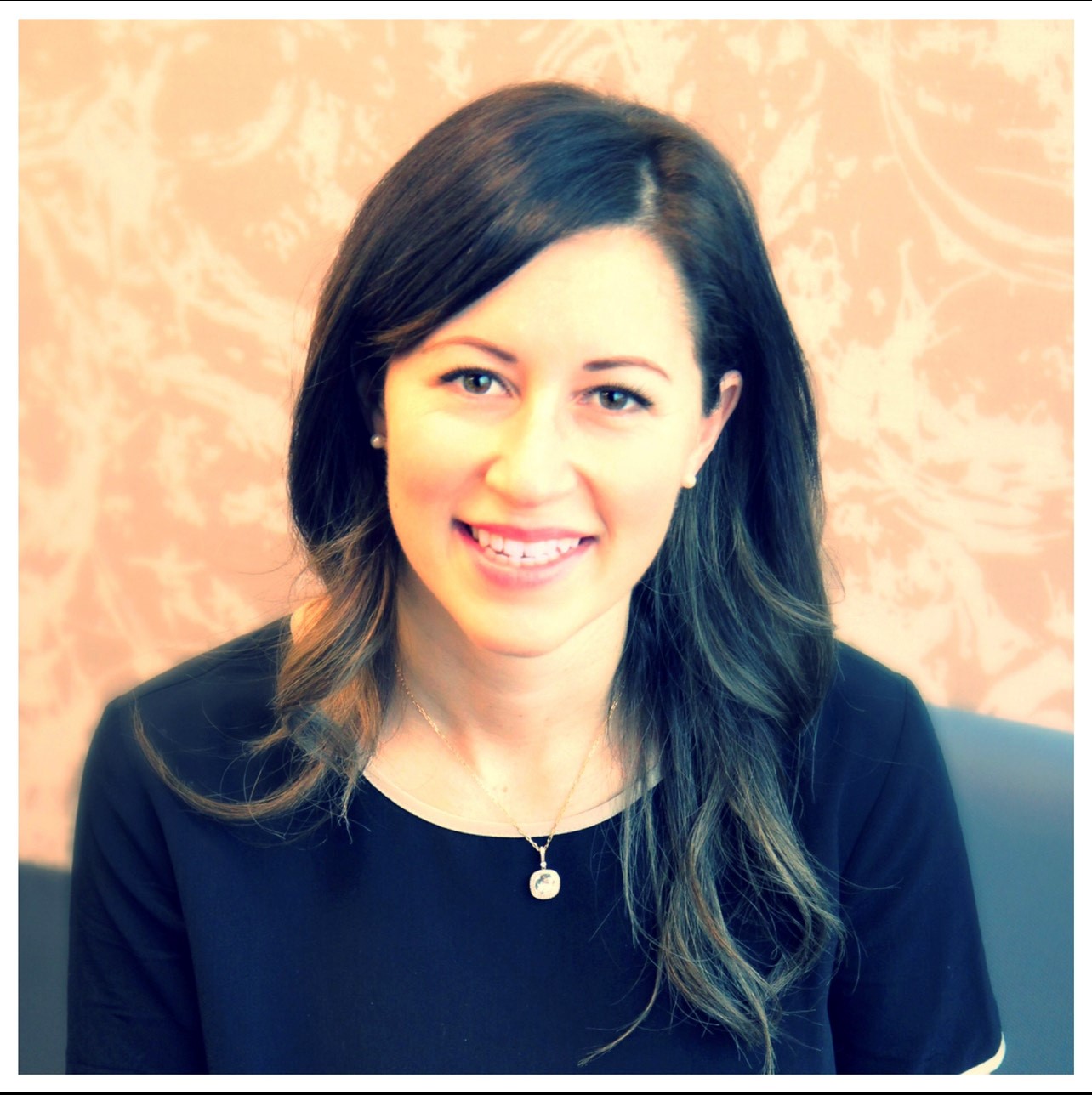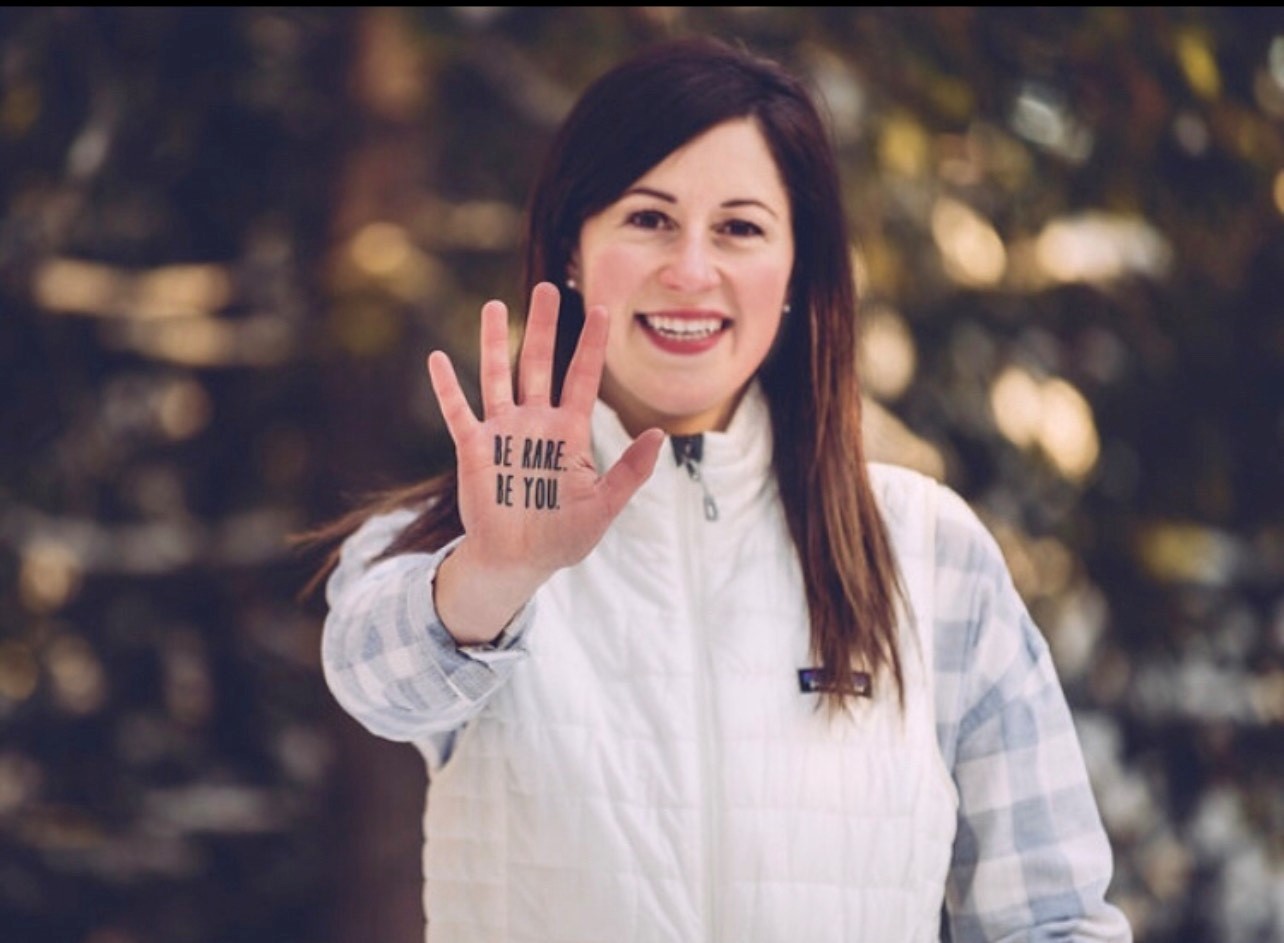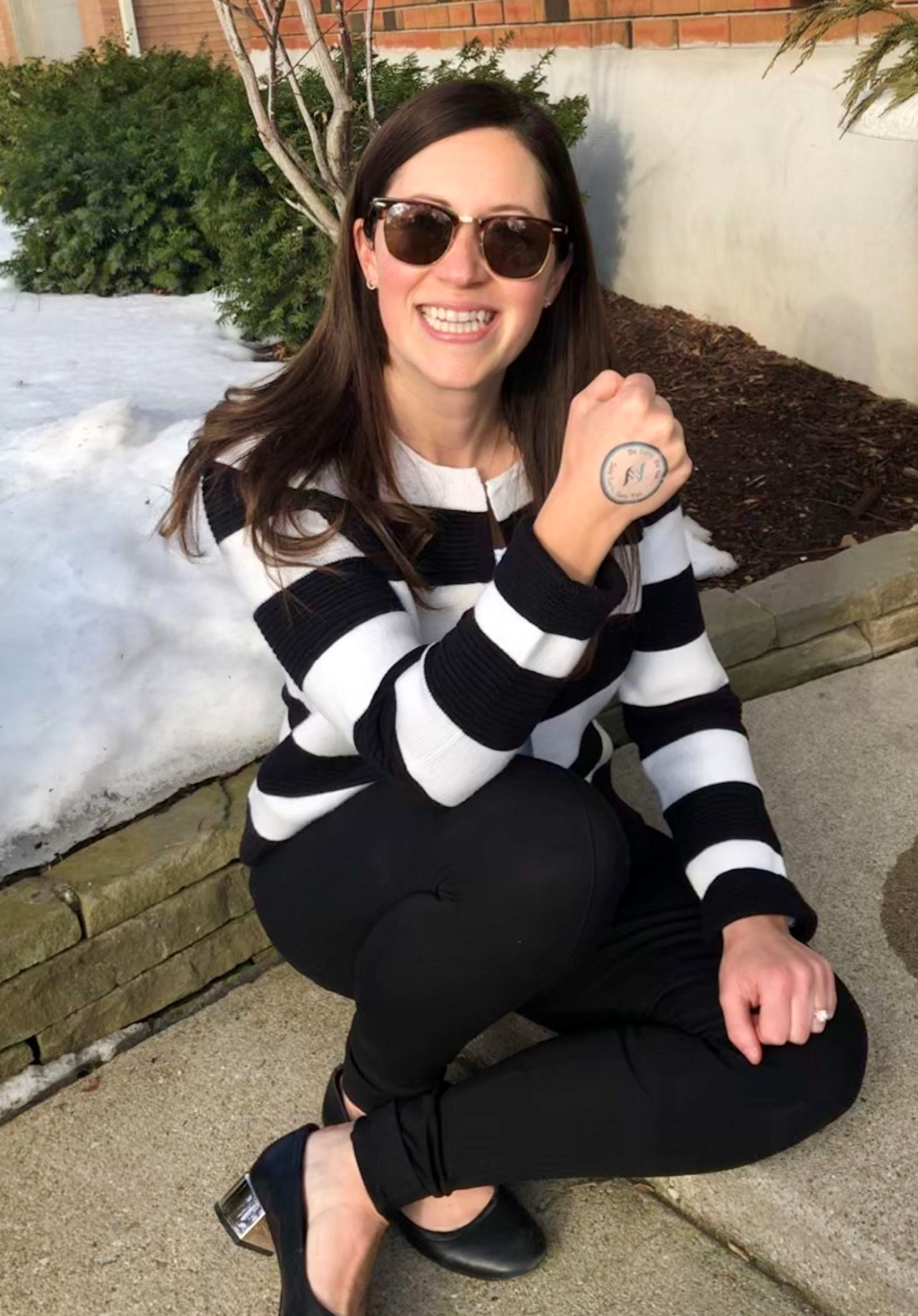Interview with Julia Alton from the Canadian Fabry Association

When did you join your national patient association?
I was 18 years old when I joined the Canadian Fabry Association (CFA) as a youth representative.
What was the reason for joining?
At the time I recognized the need for reaching the Fabry youth population. I wanted to be someone young Fabry patients can reach out to and connect with as we all navigate the many things we experience. Fabry is a disease that affects individuals on so many levels. Growing up in a family where my Dad had Fabry I saw the way it impacted him, my Mom, my brother, and myself all in different ways.
What are the vision and mission of your association?
My vision for the CFA is empowerment through education. When we know and understand our disease, it helps us make better decisions, stronger advocates, and empowers us to control the parts of our lives we can. I want patients to know their treatment options as well as supportive tools to improve any area of life they may need it.
What do you consider to be the major achievements or activities that you are proud of?
Be Rare Be You is a campaign the CFA started for Rare Disease Day. The idea behind it is that we are ALL rare in our own way. Everyone has something about them that makes them rare. Find it, own it, and be the best you while letting what makes you rare stand out. For this cam

paign we created Be Rare Be You tattoos and encourage as many people as we can to sport their tattoo Rare Disease Day. Get people talking, ask questions, share what Fabry is, and spread awareness.
Can you name some challenges that your association is currently facing?
Our challenge is early diagnosis and to shorten the diagnostic odyssey for patients.
Can you name some future goals or plans?
An area we would like to place focus on is Fabry females and highlight how females are affected, disease management, and further understanding on how the disease manifests for females and how we can better manage these symptoms.
Has your association had issues with the national health system or insurance problems?
In Canada Fabry patients have to meet treatment guideline criteria created by a panel of Canadian physicians. When the patient meets these guidelines treatment is covered.
How would you describe the current treatment situation in your country?
The question of “when is the best time to start treatment?” is reviewed annually in Canada and the panel of physicians review the treatment criteria to make adjustments as we learn more. Early treatment before disease symptoms begin is something they need more data on.
What are the major issues with Fabry disease in your country?
We have approximately 600 patients with Fabry diagnosis in Canada, and like most countries we believe that number is greater. The challenge remains to help those who aren’t yet diagnosed.
How would you further raise global awareness for Fabry disease?
To raise global awareness it is pivotal to continue working together on awareness campaigns, educating physicians, and looking for creative ways to share information on Rare Disease Day.
What are your suggestions for future projects for FIN?
FIN does an outstanding job of bringing the associations together every year and I think the upcoming youth retreat is going to be a great event and bring youth together to connect and meet others who share similar stories.

What would you like to explain to other people / doctors / nurses /decision makers about Fabry disease?
It’s important to remember that we all need each other. It’s all of us together that create movement and change. We’re a team made of healthcare professionals, industry, associations,and patients/families. We all have to do our part to make a difference. We share the common goal of making the lives of Fabry patients better, and really, how great is that?
I think we’re missing some of the less talked about symptoms of Fabry. We know how the disease affects the heart, kidneys, brain, and the hallmark symptoms. Understanding other disease manifestations (ex. sleep apnea, inflammation, oxidative stress, etc.) are so important for quality of life. Another missing piece is exploring other supportive options to lessen the burden on the body. The role that exercise, nutrition, stress management plays. Looking at supplements, working with a naturopath, and other alternative specialists to come at disease management from all angles.
Getting outdoors surrounded by nature is my favourite way to see clearly. Practicing gratitude has been a powerful tool, as well as meditation.
We’re in this together – you’re not alone.

